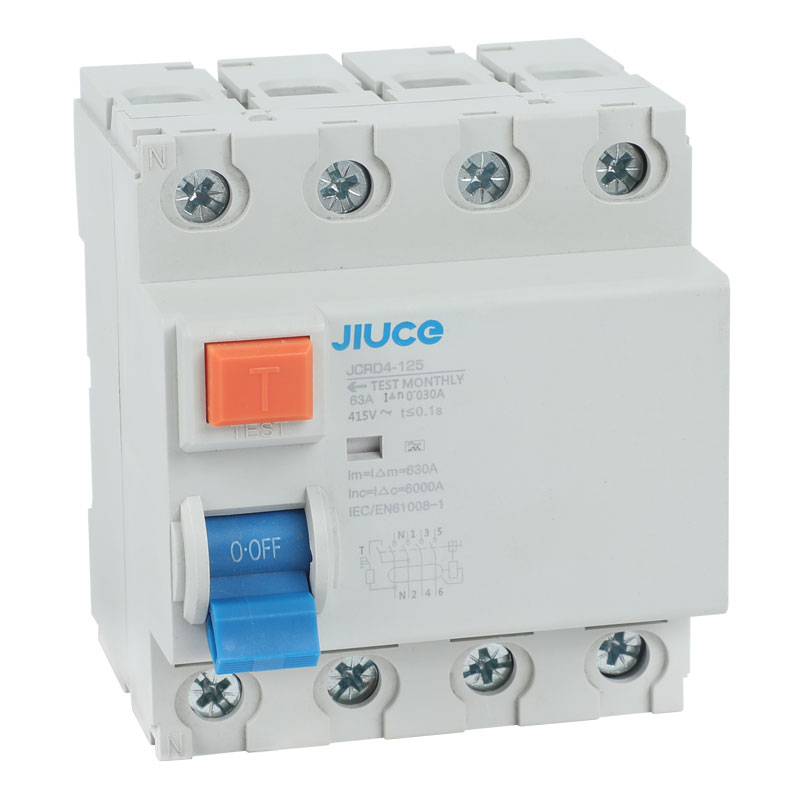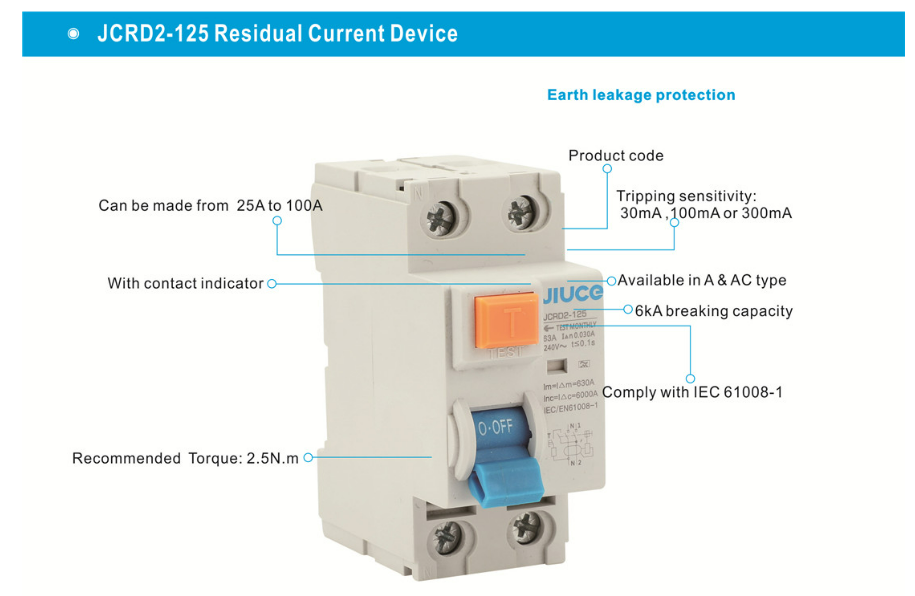Understanding the Importance of RCD
In modern society, where electricity powers nearly everything around us, ensuring safety should be a top priority. Electrical current is vital to our daily operations, but it can also cause serious dangers if not handled properly. To mitigate and prevent these risks, various safety devices have been developed, one of the most important being the Residual Current Device (RCD) or Residual Current Circuit Breaker (RCCB). This blog aims to delve deeper into the importance of RCDs and how they can help minimize electrical accidents.
What is a leakage protector?
An RCD is an electrical safety device specifically designed to quickly open a circuit when earth leakage current is detected. Since electricity naturally follows the path of least resistance, any deviation from its intended path (such as leakage current) can be potentially dangerous. The primary purpose of an RCD is to protect equipment and more importantly reduce the risk of serious injury from electric shock.
Importance of RCD:
1. Enhanced safety: It has been proven that RCD can effectively reduce the severity of electric shock by immediately cutting off the power supply when leakage current is detected. This quick response greatly reduces the risk of serious injury.
2. Prevent electrical fires: Faulty wires or electrical appliances may cause sudden electrical fires. RCDs play a vital role in preventing such incidents by detecting any anomalies in the circuit and quickly interrupting the flow of electricity.
3. Equipment protection: In addition to ensuring human life safety, leakage protectors can also protect electrical equipment from damage caused by faults and surges. By detecting imbalances in current flow, RCDs can prevent excessive electrical loads that could damage valuable machinery.
4. Comply with safety standards: RCDs are often mandated by safety regulations and guidelines. Complying with these standards is not only a legal requirement, but promotes a safe working environment and gives employers and employees peace of mind.
5. Limitations and Human Factors: Although RCD significantly reduces the risk of hazardous events, certain situations may still pose some hazards. Injuries can still occur if a person experiences a brief shock before the circuit is isolated or falls after being shocked. Additionally, despite the presence of RCD, contact with both conductors at the same time can still cause injury.
in conclusion:
Using an RCD is a critical step in ensuring the safety of your electrical system. By immediately disconnecting power when leakage current is detected, RCDs can reduce the likelihood of serious electric shock and prevent potential fires. While RCDs provide an essential layer of protection, it’s important to remember that they are not foolproof. We must remain vigilant and proactive when operating and maintaining our electrical systems. By prioritizing electrical safety and incorporating RCD into our daily lives, we can significantly reduce the risks associated with electrical incidents and create a safer environment for everyone.

 Zhejiang Jiuce Intelligent electric co., ltd.
Zhejiang Jiuce Intelligent electric co., ltd.











